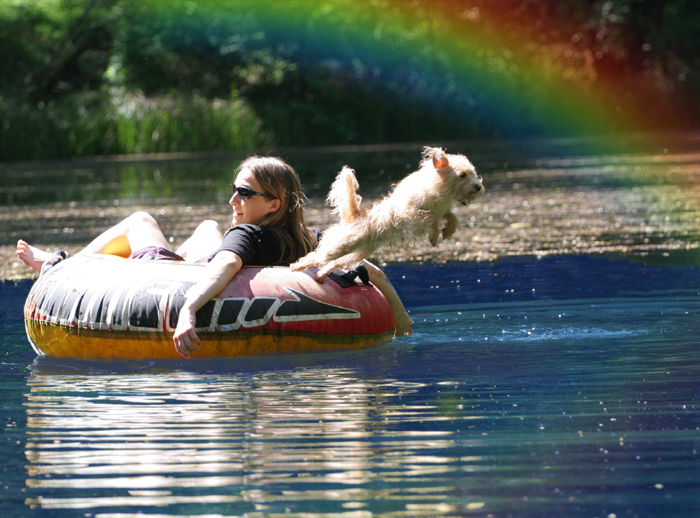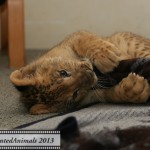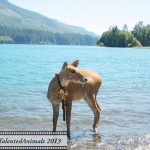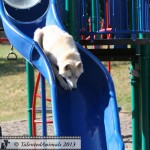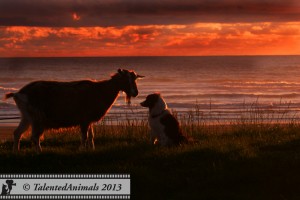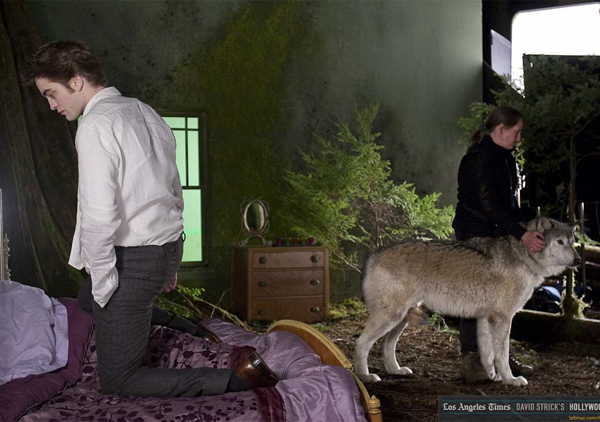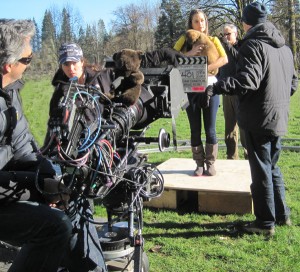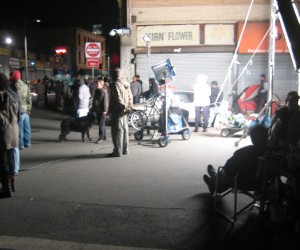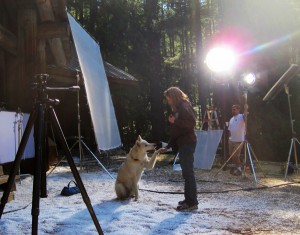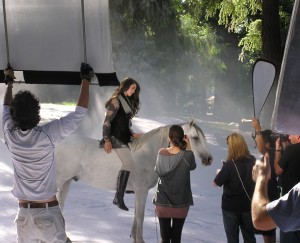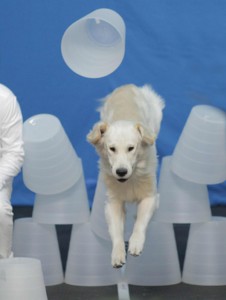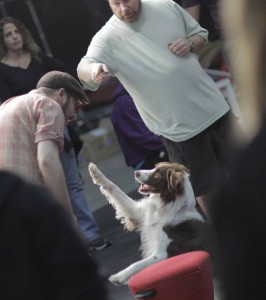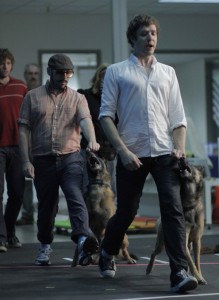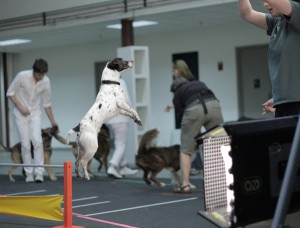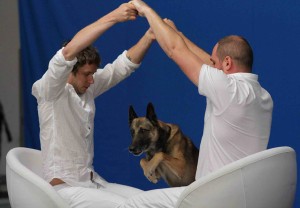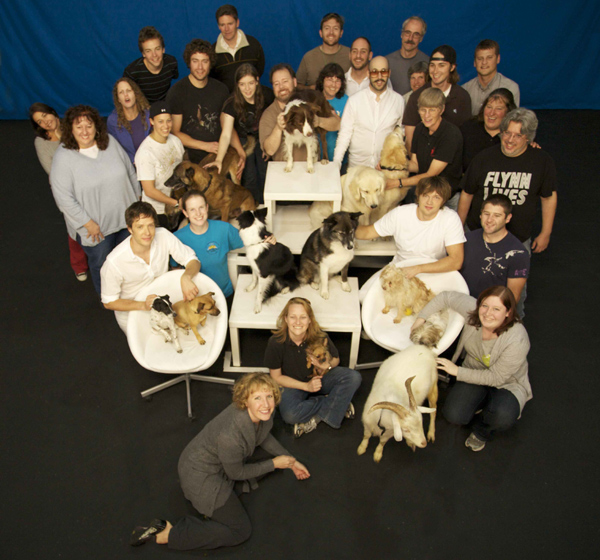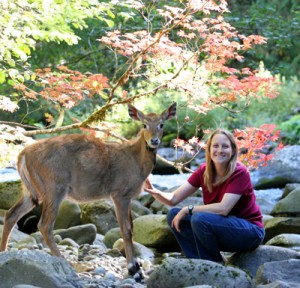TMZ recently released a video showing a German Shepherd being forced into the water for a scene in “A Dog’s Purpose.” While we had nothing to with this production, we have received numerous requests for comment:
Let me start by saying this: I am very proud of the work I do, and would wager my soul that virtually every animal I have worked with has had a great time. The animals I know in film and television are some of the most loved and pampered on the planet, with lives rich in comfort, joy, play, adventure, health, and fun. They live longer, healthier, and happier lives than 99% of pets or wild animals.
What I “saw” on the video, taken at face value, is unacceptable. However, I do not know much about the events portrayed in the TMZ video, and neither do you. We were not there, and watching a snippet of video can be so misleading that I am reluctant to offer any thoughts because we do not know context, we did not see what happened before or after, and we have not heard the other side, so drawing any conclusions is problematic. Of course, this video looks awful, but it is a few moments edited for maximal impact. I am absolutely not defending, or attacking, the trainers involved, as I just do not know enough.
What I can tell you is how this scene would “normally” be handled:
Normally, this scene would have been prepped long in advance. The dog would have been running into water, dock diving, swimming across rivers with more and more current. If the dog did not love swimming, a double would have been found who did. A few weeks before filming, the dog would start rehearsing on the actual set, first with no current, then gradually increasing the current as the dog became confident and comfortable. By the time this scene filmed, the dog would not merely be willing to get into the water, he would love getting in and swimming in the current. This is how it is normally done because it is what is best for the animal, and because it is what is best for the production!
As I said, I am not going to defend what happened, but here are a few ‘mitigating’ thoughts about what I observed in this video:
- The guy narrating is not, so far as I can tell, part of the animal team and is not speaking for them, and what he is saying is silly and objectionable but irrelevant.
- I do not fully understand what I saw–no sane trainer would show up with an unprepared animal and expect to shove it into that water. Why was there no ramp in or out, what was the plan, what information are we missing?
- Forcing an animal to do something is almost never the best technique. However, there are moments when pushing a dog to get into the water and realize that no harm will result can be a viable alternative to consider. Millions of loving pet owners have enacted scenes like this trying to get Fido into the bath, or into a pool for the first time, and in 90% of those cases the animal has not suffered physical or psychological damage. When to “push” is a judgement call, and sometimes people get it wrong, or it looks wrong from the outside… Some animals, or children, pitch a remarkable fit about having their nails trimmed or getting into a crate or not getting a treat at the store, and while force is almost never the best response, one also needs to recognize that without lots more information these fits can look much worse than they are…
- There was a trainer in the water near the end when the dog was pushed under by current. Why she was so far away is unclear, but it was likely a mistake —the dog had always veered to the other side before, or they misjudged the current and thought he would get more across. But again, how awful this was is questionable—many dogs love playing in the waves, even though from time to time they get dunked and rolled, but thirty seconds later they are back at it. I used to have to drag Tillie away from the Rio Grande because she found the current exhilarating and would seek out the rapids, often getting far more submerged than this dog. None of which makes it ok—that dog clearly did not want that experience, and it was a mistake not to avoid it—but it was likely just that: a mistake, and the dog was likely fine ten seconds later.
- Animals working on set are incredibly scrutinized. Not only are there trainers and AHA, but every moment we are watched and filmed. There are millions of hours filmed every year of every single thing we do—every animal lover with a cell phone films every walk, every crate, every training session. 99% of those moments are great and never end up on TMZ. No matter how great a job someone does with animals, there will be few moments that, without context or explanation, could be edited together to give a bad impression. The same is true for anyone who has ever owned an animal—things occasionally go awry and look awful.
- Sometimes, an animal can be prepped and trained and ready in every way, and things can still go wrong. All the practice in the world does not change that these are sentient beings with moods and feelings, and sometimes an animal suddenly behaves very differently than expected. Of course a skilled trainer recognizes this and steps back to reevaluate, but sometimes it may take a few minutes to recognize, and by then accidents may have occurred.
- This is not at all an excuse, but by way of possible explanation: movie sets can be almost unimaginably high pressure. With huge financial and temporal pressures, and a powerful production team pushing and demanding, it is sometimes difficult to say “no” when one ought to. This is why people die in stunts, or on train tracks, or driving home at hour twenty. It is perhaps the most important job of an animal trainer to stand between this pressure and their animals–to shield and protect them from production demands; and while it is not ok, sometimes people agree to ‘try’ things that they should not.
As I stated, I do not know enough about this particular situation to offer an explanation for what decisions were made or why. I do not know the dog, or the prior training, or even how the rest of the day went. I do not know what schedule snafus occurred, I do not know if American Humane was present. I do not know what shortcuts were taken or what unexpected events occurred.
What I do know, after thousands of hours on set with countless animals and other trainers, is that this video does not at all represent what usually happens on set. Virtually every trainer I have worked with is unwaveringly committed to the welfare and happiness of their animals. In our industry, as in every corner of the world, there are undoubtedly a few bad seeds, people who are not strong enough, moral enough, or kind enough to protect their animals at all times. And certainly accidents, misjudgements, or mistakes do occur. But most of us do this because there is nothing we would rather do than spend every day playing with animals we love, and it is vital to our success that the animals also enjoy the work because our reputation hinges upon them working well which depends upon their being happy and enthusiastic.
